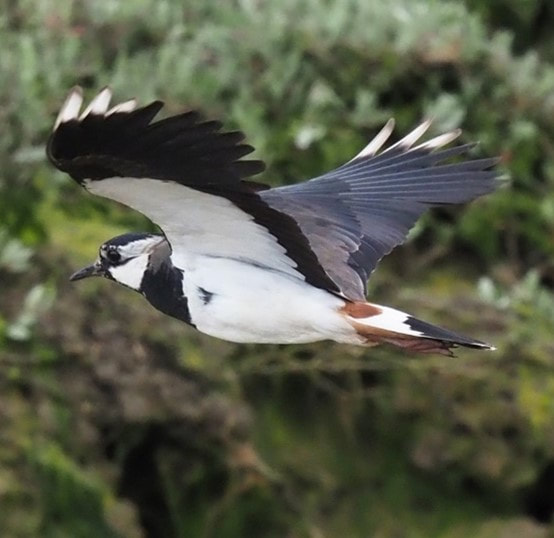|
Blog by Louisa Claxton, RSPB Conservation Intern In March of this year, I started on an exciting new journey with RSPB Old Hall Marshes, as the conservation intern. Old Hall Marshes is situated on the Blackwater Estuary, it is comprised of ancient coastal grazing marsh and agriculturally improved grassland with reedbed and some scrubby areas. Grazing is an important part of managing the reserve is to keep the sward short which benefit breeding lapwing, their grazing pattern also has some great benefits for our redshanks by creating tussocks to build their nests inside. This means that it is currently an exciting time for everybody on the reserve. Chicks are hatching left right and centre, with fluffy lapwing, avocet and redshank chicks plodding about. Only a month ago I saw my first ever avocet chick, now I have counted over thirty-seven on site. Another highlight for me so far was coming across a redshank nest with four babies huddled together inside, amazing. Lapwings are a priority species on the reserve and are intensely monitored during the breeding season. We have two agriculturally improved wader fields, our primary wader field Bale and our secondary wader field Salcott. Since my arrival in March The reserve warden, Neil Lincoln and I have been monitoring lapwing nest and chick numbers daily on Salcott field. This involved scoping sitting lapwing from the seawall and directing the other person to the nests with questionable hand signals on my part. We then staked near the nests, assigned it a number, and recorded the number of eggs and GPS location. This field has shown to be successful for lapwing, from thirteen nests around fifteen chicks have been seen recently and many off these are almost fledged. The important task of monitoring lapwing nests on our primary field, bale field is done solely by one of our dedicated volunteers. Between the start of April and the end of May they recorded sixty-six nests and there are still more to be discovered. Bale field is ideal for breeding waders. A wind pump and drainable pipes maintain correct water levels for feeding chicks throughout the spring, and its permanent electric fence provides freedom from hungry badgers and foxes. Last year before I arrived, some exciting work was carried out by the European Union funded LIFE on the Edge project, with the creation and reprofiling of footdrains and raising of bunds to hold back more water. This has made this field even more attractive to breeding waders this year by holding water at different and variable depths across this field, opening up lots of feeding and foraging areas for young chicks. Further work is planned this autumn, which will be exciting. I am continually astonished and humbled by the level of biodiversity and the endangered species that flock to this site, seeing beautiful wildlife every day, such as, marsh harriers, cuckoos, egrets and many species of invertebrates is a privilege. I have enjoyed every minute of my internship here so far and have already gained lots of experience and skills in conservation. I am excited for what the rest of the internship will bring.
0 Comments
Leave a Reply. |
Archives
April 2024
Categories
All
Photo credits: Oystercatcher by Katie Nethercoat (rspb-images.com)
LOTE Logo credits: Saskia Wischnewski |






